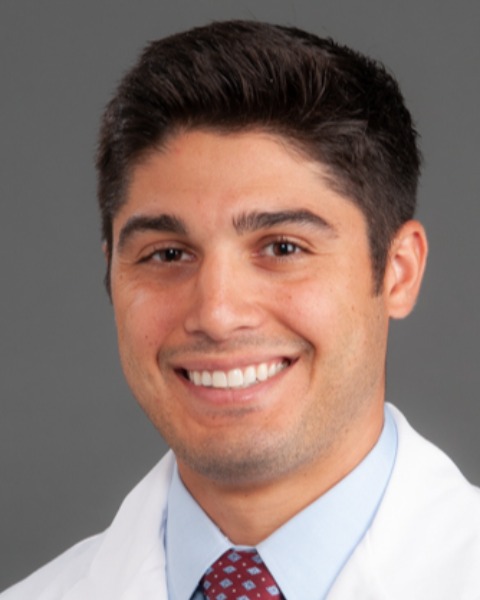Minimally Invasive/Motion Preservation
Tubular portal assisted muscle sparing cervical laminectomy for the treatment of cervical spondylotic myelopathy.
Friday, February 21, 2025

Paul Marcet, MD
Resident
Wake Forest
Winston Salem, NC, US
Presenting Author(s)
Disclosure(s):
Paul Marcet, MD: No financial relationships to disclose
Introduction: The authors describe an operative technique and small case series for a muscle sparing posterior cervical decompression for treatment of cervical spondylotic myelopathy.
Methods: Single institution, single surgeon retrospective study of patients who muscle sparing laminectomy for treatment of cervical spondylotic myelopathy. Laminectomies were performed with the use of a tubular retractor system and high-powered microscope. Posterior cervical fascia and deep cervical extensor musculature was dissected unilaterally, and central decompression of the cervical canal was achieved using the “look across” technique. Cervical lordosis and C2 sagittal vertical axis (C2SVA) were recorded pre and postoperatively.
Results: 8 patients with normal cervical lordosis or straightening (C2-C7 Cobb angle >0o- Group 1). There were 3 patients with varying degrees of cervical kyphosis preoperatively (C2-C7 Cobb angle < 0 degrees Group 2). 7 patients in Group 1 had follow up imaging within the first 4 months after surgery, and 3 of them had follow up imaging between 7-33 months after surgery. 2 of the patients in Group 2 had imaging within the first 4 months, and 2 had imaging at 10 and 19 months respectively. Of the patients in Group 1, there was no significant change in postoperative lordosis at the 1.5-4 month time period or the 6-33 month time period. 1 of the three patients in Group 2 experienced worsened postoperative cervical kyphosis (22 degrees from 2 degrees ). No significant changes in C2SVA were noted in either group (change from C2SVA < 40 preop to >40 postop). 0% durotomy rate and 0% wound complication rate. Per level, average operative time approximately 55 minutes and average blood loss 20cc.
Conclusion : The technique described allows for safe and adequate cervical canal decompression with a potentially low risk of post laminectomy kyphosis in patients with preserved cervical lordosis or straightening of normal lordosis (C2-C7 Cobb angle >0 degrees). Follow up is ongoing with the goal of having 2 year follow up including outcome measures.

.jpg)